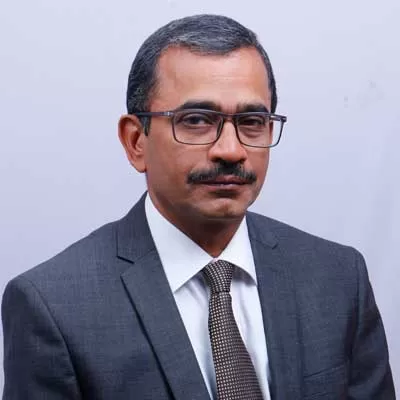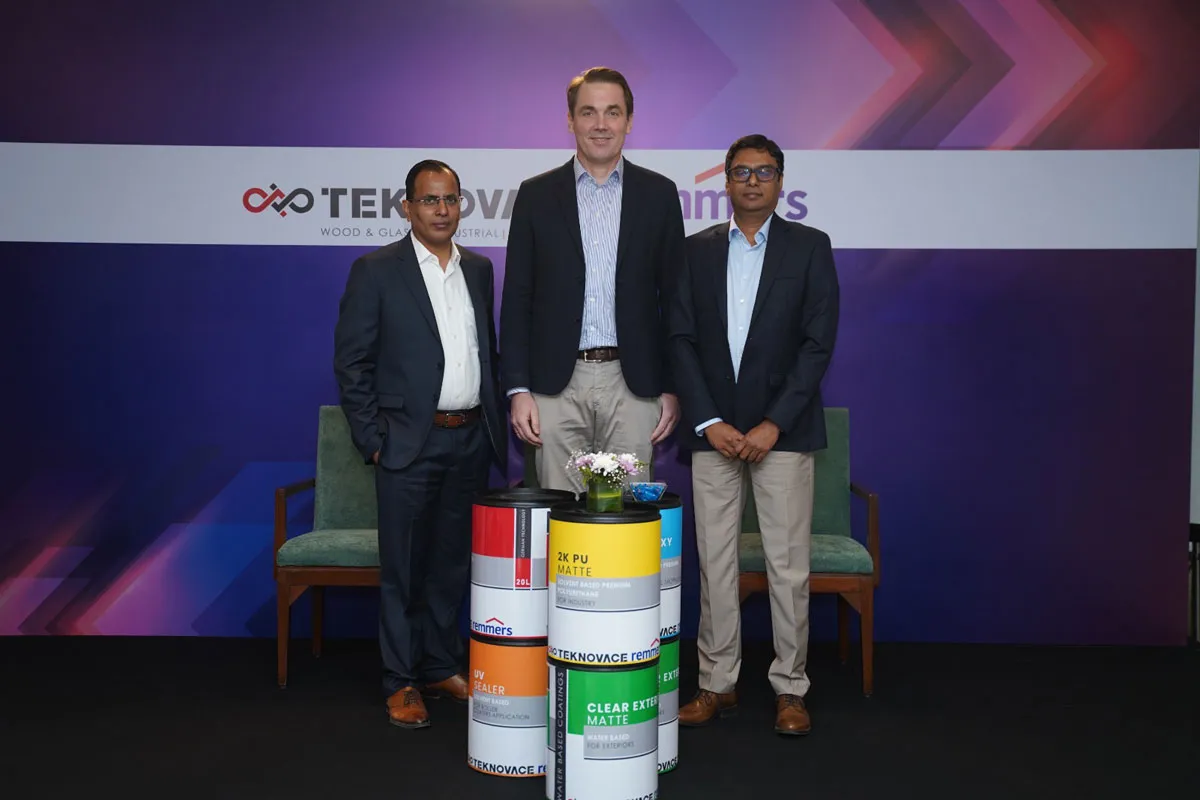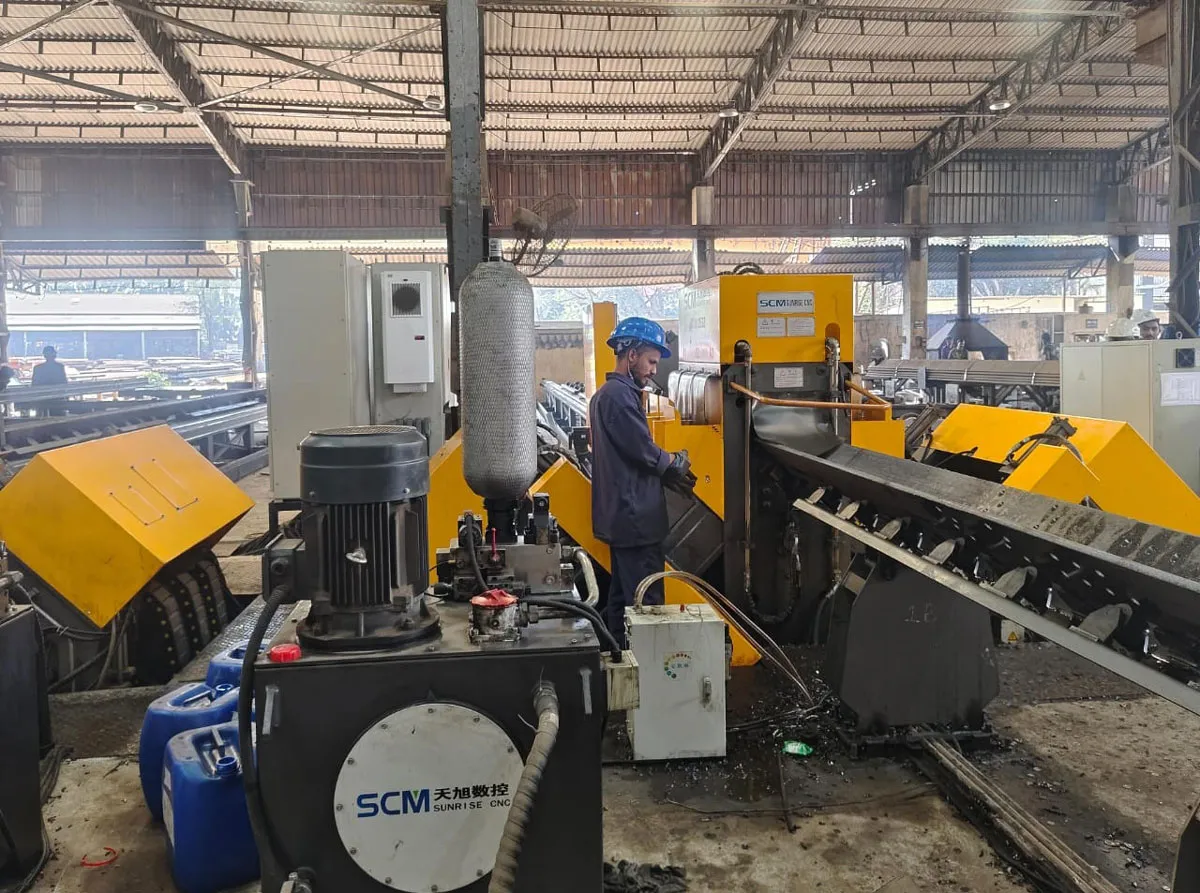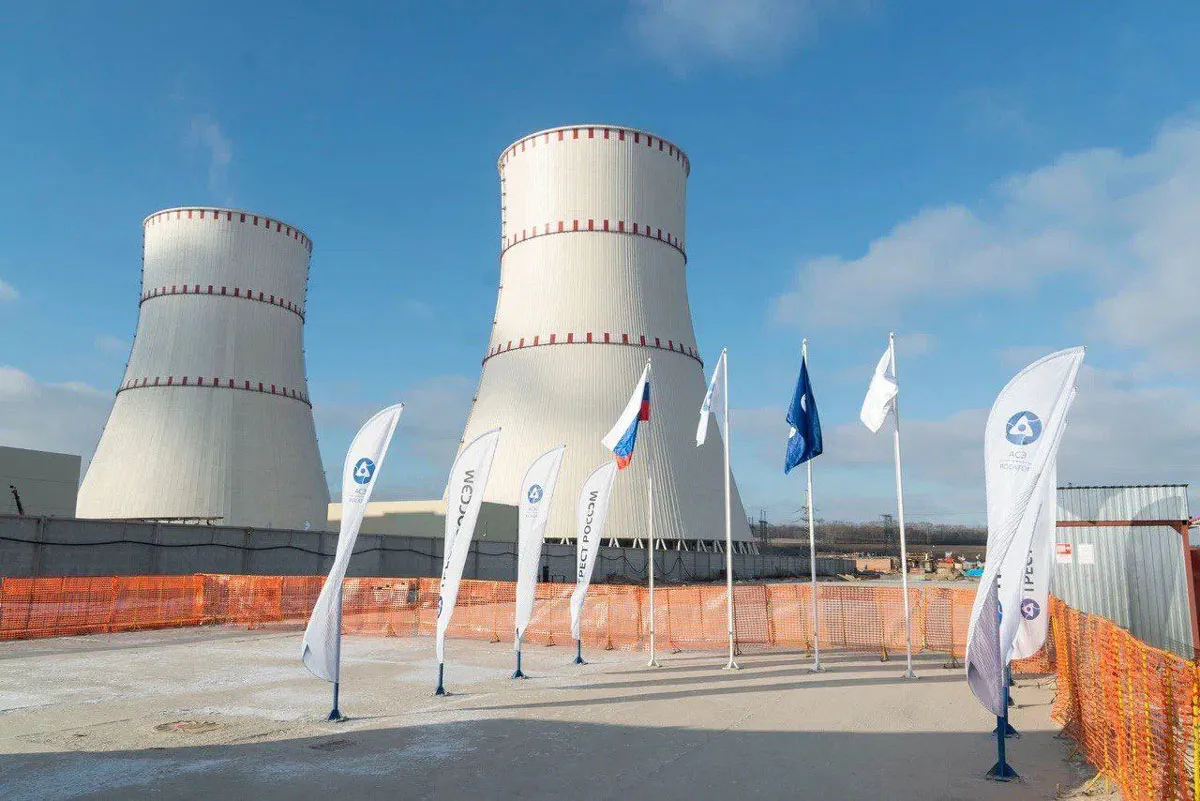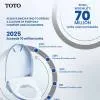Water is one of the most precious resources on earth, with only 3% being fresh and fit for consumption. Experts predict that by 2030, global demand for freshwater will exceed supply by 40%.
This World Water Day, we shall shift our focus to India to glance at the specific water crisis and how industries are adopting sustainable practices to reduce water stress and accomplish conservation goals.
India is experiencing a severe water crisis due to the decreasing supply of water resources and an increasing demand for water usage. India has only 4% of the world's freshwater resources despite a population of over 1.4 billion.
Precipitation(Rain), surface water(lakes, ponds, rivers, and tanks), and groundwater(Wells) are the primary sources of water in india. However, these resources are running out as the demand for water is projected to rise to more than 70% by 2025 and Influences in Per Capita Increase. According to a 2019 report by the National Institution for Transforming India (NITI Aayog), the best estimates indicate that India's water demand will exceed supply by a factor of two by 2030.
This growing demand is especially seen in cases that use a significant amount of India's water resources, As the economy expands, the industrial sector consumes more water for manufacturing and production. In addition, more water is needed for drinking, sanitation, and other needs due to population growth and rising living standards. This situation highlights the pressing need for efficient water management techniques to reduce water stress in India.
India's water consumption is huge owing to the growth of industries, which is reducing the nation's already limited water supplies. Industries must use advanced technologies to use water more efficiently to minimize their water footprint and contribute to India's sustainability goals through the 3R(reduce, recycle, and Reuse) Initiative.
Industries can treat and reuse wastewater for boilers, cooling systems, and other processes, significantly contributing to water conservation. One of the rigorous levels of Treating Liquid waste in Wastewater treatment is Zero Liquid Discharge (ZLD). Unlike conventional treatment, ZLD focuses on maximizing water recovery by up to 95% and helps reuse within the industrial process. With the increasing need to conserve water, this technology reduces the demand for and Dependence on fresh water and helps control pollution.
Zero Liquid Discharge (ZLD) technology offers multiple benefits across several industries.
1. By cleaning and reusing wastewater, it provides cost savings on water procurement. This reduces the demand for freshwater significantly.
2. Many Governments and Environmental agencies are imposing stricter regulations on wastewater discharge to protect water bodies from pollution.
3. ZLD technology reduces the discharge of liquid waste, which will help industries comply with these regulations. In certain industries that produce high volumes of contaminated wastewater, such as textiles, pharmaceuticals, and chemicals, ZLD is becoming increasingly required.
4. Wastewater contains valuable byproducts like salts and minerals that can be recovered through ZLD Technologies.
By setting up the above-advanced water treatment technologies, industries are joining hands to support the United Nations' sustainability goals.
Some of the Key Sustainability goals achieved through water treatment are;
SDG 6: Clean Water and Sanitation
Industrial water treatment and wastewater treatment directly align with SDG 6 by ensuring access to clean water and proper sanitation.
SDG 9: Industry, Innovation, and Infrastructure
Efficient water treatment technologies enhance industrial processes, supporting sustainable infrastructure development.
SDG 12: Responsible Consumption and Production
ZLD promotes resource recovery from waste, reducing environmental impact and encouraging responsible production practices.
SDG 13: Climate Action
Proper water treatment minimizes energy consumption, indirectly contributing to climate change mitigation.
SDG 14: Life Below Water
By preventing harmful discharges into water bodies, these practices protect aquatic ecosystems.
SDG 15: Life on Land
Responsible water management ensures land ecosystems are not negatively affected by industrial effluents.
While setting up water and wastewater treatment is essential, regular maintenance is equally important. Regular maintenance safeguards public health by ensuring clean water and preventing environmental harm from improper wastewater treatment. It also extends the plant's lifespan, reduces costs, and promotes sustainability through water conservation, energy efficiency, and resource recovery.
India can navigate its water crisis and ensure a sustainable future by adopting an integrated approach that includes efficient water management, advanced treatment technologies like ZLD, and public awareness campaigns.
